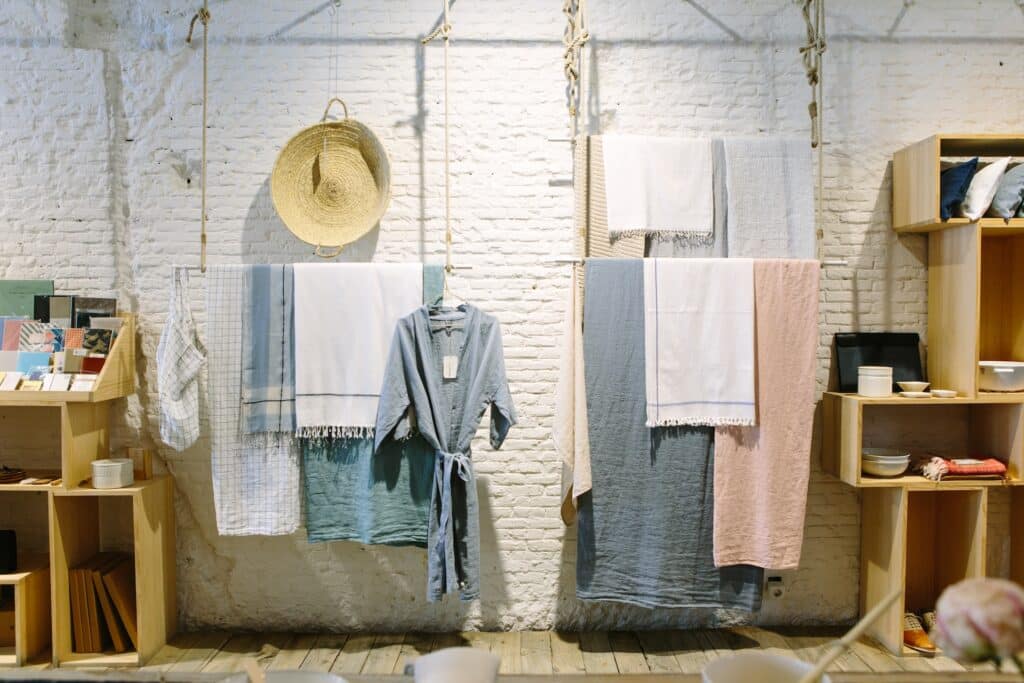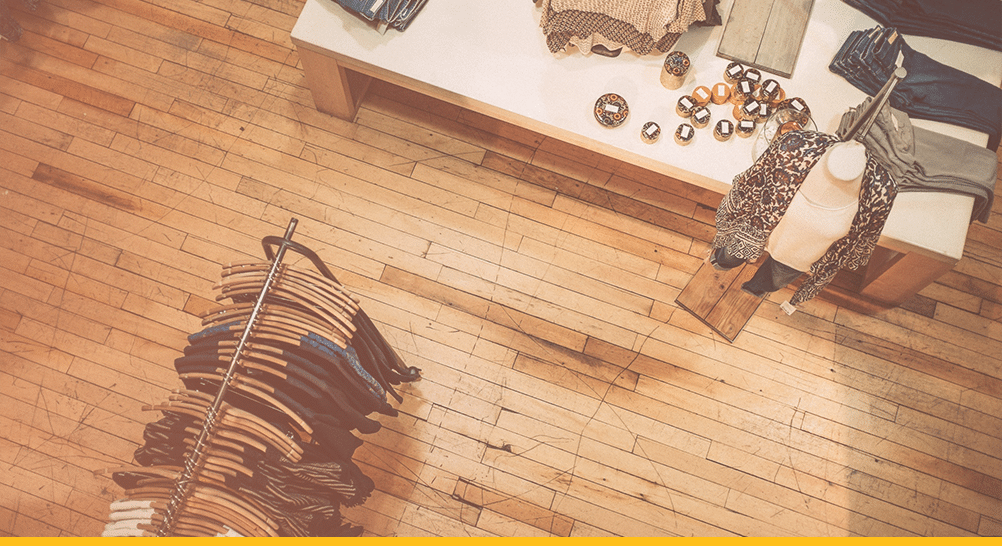Pop-up shops have emerged as a prominent and dynamic retail strategy, characterized by their temporary nature and unique consumer experiences. The concept of pop-up shops has gained considerable traction in the past few decades, transforming the traditional retail paradigm. These temporary retail spaces are designed to captivate consumers’ attention, generate buzz, and create novel brand interactions.
Historical evolution of the pop-up shop
Temporary retail spaces can be traced back to ancient markets and fairs. However, the modern pop-up shop phenomenon emerged in the 2000s as a response to changing consumer preferences and the desire for unique shopping experiences. The pioneering efforts of brands like Nike, Comme des Garçons, and Target to create ephemeral retail spaces laid the foundation for the trend’s widespread adoption.
Motivations and benefits of pop-up shops
Pop-up shops serve various purposes, such as introducing new products, testing markets, building brand awareness, and fostering direct engagement with consumers. Key motivations include capitalizing on scarcity, leveraging FOMO (fear of missing out), and creating a sense of urgency. These temporary spaces provide brands with an opportunity to tell a story, create memorable experiences, and evoke emotions that traditional retail formats might struggle to achieve.
Economic and social impacts
Pop-up shops contribute to local economies by revitalizing vacant spaces, attracting foot traffic, and generating sales. They also foster innovation by encouraging experimentation and risk-taking among retailers. From a social perspective, pop-up shops enable face-to-face interactions between brands and consumers, nurturing a sense of community and loyalty. However, concerns related to sustainability, inclusivity, and long-term economic viability have also been raised.
Consumer behavior and engagement
The temporary nature of pop-up shops triggers a sense of urgency and exclusivity, motivating consumers to act quickly. The experiential aspect of these spaces creates a deeper emotional connection with brands, influencing purchasing decisions and post-purchase behaviors. Social media amplifies this engagement, enabling customers to share their experiences and spread brand messages virally.

Creative pop-up shop examples
When it comes to pop-up shops, creative options abound. Here are some examples of shops that have captured attention in recent years:
- Google’s “Curiosity Rooms”
In 2018, Google launched a pop-up shop in London called “Curiosity Rooms.” The pop-up was designed to showcase Google’s products and services through interactive experiences, workshops, and talks. It featured a range of activities, from learning about artificial intelligence to exploring virtual reality. The Curiosity Rooms demonstrated how a technology company could use a pop-up format to engage with the public beyond just product displays. - LEGO’s “House of DOTS”
LEGO, the iconic toy company, introduced a pop-up shop experience in London dedicated to their “Dots” product line, which encourages customization and personalization. The “House of DOTS” featured rooms filled with hands-on workshops, collaborative art installations, and colorful displays. This pop-up celebrated creativity and play while allowing visitors to interact with the products in a unique setting. - Casper’s “The Dreamery”
Casper, a mattress and sleep-related products company, launched “The Dreamery” in New York City. This pop-up shop offered customers the opportunity to book a nap session in private sleep pods. Visitors could experience Casper’s products in a relaxing environment, emphasizing the importance of sleep and the comfort of their mattresses. - Kylie Cosmetics’ Pop-Up Shops
Kylie Jenner’s cosmetics brand, Kylie Cosmetics, has frequently used pop-up shops to create hype around new product launches. These pop-ups are often temporary and appear in various locations. They allow customers to try out and purchase products in person, meet brand representatives, and immerse themselves in the world of the brand for a limited time. - Adidas’ “SPEEDFACTORY Lab Experience”
Adidas set up a pop-up shop in Tokyo called the “SPEEDFACTORY Lab Experience.” This space allowed customers to customize their sneakers using advanced technology and even participate in the design process. The pop-up showcased Adidas’ commitment to innovation and personalized products.
Challenges and future outlook
Despite their appeal, pop-up shops face challenges such as high operational costs, regulatory hurdles, and maintaining consistency across multiple locations. Additionally, the rise of e-commerce poses competition to brick-and-mortar retail formats, necessitating strategic integration of online and offline experiences. The future of pop-up shops could involve more collaborations, sustainable practices, and leveraging advanced technologies like augmented reality to enhance consumer experiences.
The pop-up shop phenomenon represents a dynamic shift in retail strategy, offering brands a platform to engage with consumers in innovative ways. Its ability to create memorable experiences, drive consumer engagement, and revitalize physical spaces demonstrates its lasting potential in the evolving retail landscape. To harness the benefits while addressing challenges, brands must strike a balance between short-term excitement and long-term sustainability, integrating pop-up shops seamlessly into their overall retail strategies.
If you are unsure of the best way to approach pop-up shops . . . test and learn. To gain more insight into how testing ideas like this can benefit you, check out these resources:
Mitigating risk and optimizing opportunity with in-store testing
Smart retail
Enhance decision making with test and learn software




